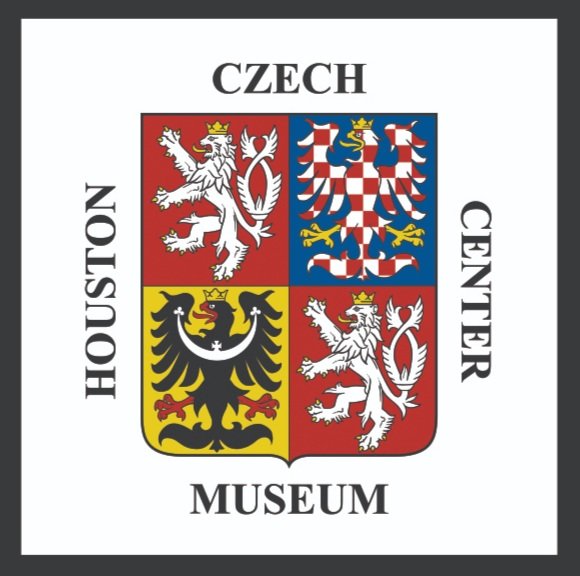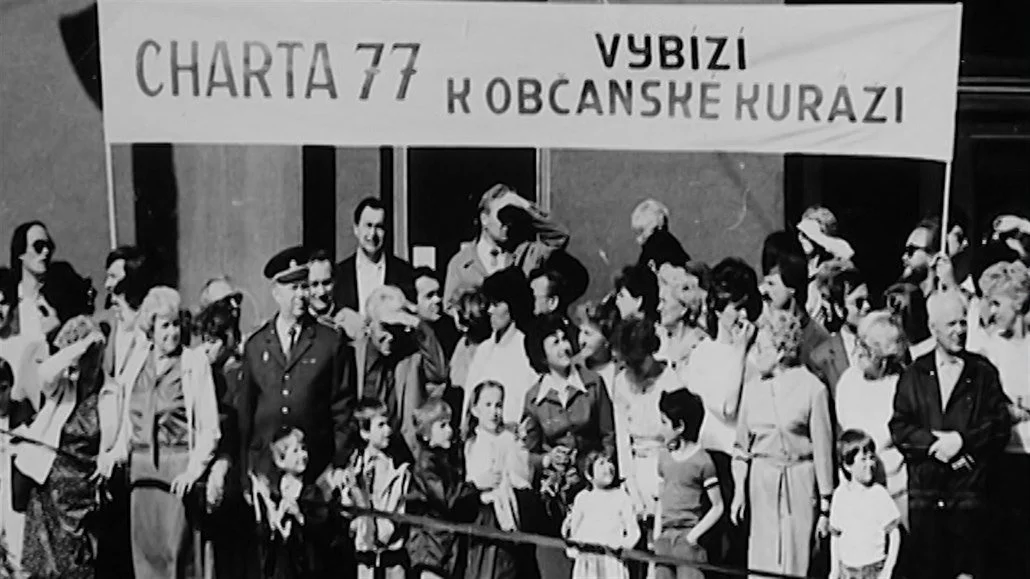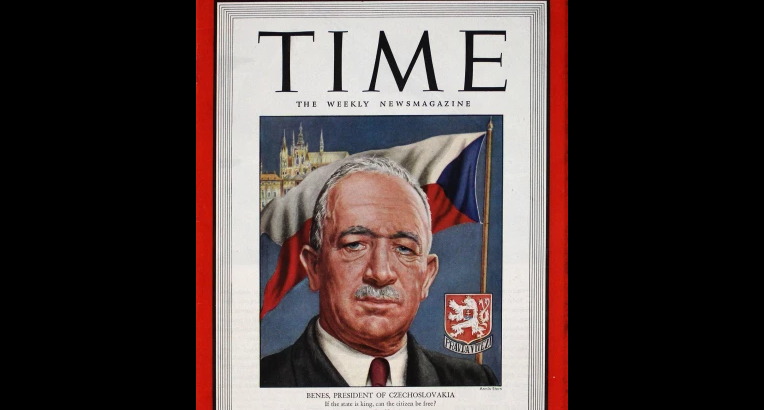Legendary Czech film director, screenwriter, artist, and animator, Karel Zeman is known for creating fantasy and science fiction films. His first major breakthrough occurred in 1943 while participating in a window-dressing competition in Brno, where he accepted a job offer to work for the Bata Film Studios in Zlin. After that, in 1945, Zeman began work on A Christmas Dream, then directed his first feature film, The Treasure of Bird Island, in 1952. His illustrious work is currently featured in a dedicated museum, the Karel Zeman Museum in Prague.
Tomáš Masaryk and the United States
Tomáš Masaryk, the first president of Czechoslovakia, was inspired by the freedom and democracy of the United States. While negotiating for Czechoslovakia’s independence, Masaryk developed not only a political relationship but also a personal and intellectual one with the United States. During the First World War, he was exiled after siding with the Allied Powers, but did not give up on garnering support from his fellow Czechoslovakians. The Lansing Declaration of May 1918 was one of many important moments in the future creation of the Czechoslovak Republic.
Warsaw Pact
OldĹ™ich °łÜ±ôłóá˛Ô±đ°ě and the Czech Koruna
OldĹ™ich °łÜ±ôłóá˛Ô±đ°ě was a Czech artist and critic of the Communist Regime best known for his work on designing the current Czech banknotes. His career began in 1958 at the Academy of Arts, Architecture and Design in Prague. During his young life, his politically motivated art would get him arrested and the art almost destroyed since he negatively portrayed Communist leaders. After the collapse of the Soviet Union, OldĹ™ich °łÜ±ôłóá˛Ô±đ°ě was once again free to express his views through his art and was tasked with designing the bills of the Czech Koruna.
A History of Czech Feminism
The once egalitarian, agrarian society of Bohemia became ruled by the Hapsburg Dynasty, causing a regression in women’s rights until Christianity helped improve their lives. The National Revival brought the creation of Czechoslovakia and greater rights for women. When communism came, rights improved in some ways and did not in others. The change to a capitalistic democracy brought further changes.
Karlovy Vary Film Festival
The Karlovy Vary International Film Festival, or KVIFF, hosts about 200 films from around the world and is the oldest film festival. Located inKarlovy Very, Czech Republic, the film festival is held annually in July and is the most prestigious festival in Central and Eastern Europe, boasting a popular feature film competition.
Gender Roles under Communism
Under Communist leadership, Czechoslovakia held that women’s emancipation was equal access to the workforce and increased educational and social reforms, but they failed to address the issues of housework, gender roles, and women’s political presence. For example, while women were 11 times as educated in 1975 as they were in 1945, they were directed towards traditionally feminine fields of study. At the same time, however, financial and moral incentives were introduced for women to work for the bureaucracy. There’s no doubt that gender roles were becoming complex while staying traditional in Czechoslovakia.
Czech Cubism (Cubo-Expressionism)
The term Cubo-Expressionism was coined in the early 1970s to describe Czech avant-garde art in the 20th century, when elements of Cubism and Expressionism were combined. It was a revolt from earlier art forms with spiritual elements. Czech Cubism, as Cubo-Expressionism is also called, was applied to just more than art pieces, including furniture, objects, architecture, etc. One of the most famous Cubo-Expressionists is Pavel ´ł˛ą˛Ôá°ě, a Czech architect, designer, planner, professor, and theoretician.
Dagmar Ĺ ľ±łľ°ě´Ç±ąĂˇ (1929-1995)
Dagmar Ĺ ľ±łľ°ě´Ç±ąĂˇ was a political prisoner during the communist repression. She suffered a long prison sentence and was able to pursue her education and help others in the prison system later in life. Ĺ ľ±łľ°ě´Ç±ąĂˇâ€™s ordeals during her time as a political prisoner were shaped both by her femininity turned against her and her bonds with fellow prisoners that kept them together. Her most courageous acts involved hunger strikes in protest against the treatment of her fellow prisoners.
Meda Mladkova
Meda Mladkova was a patron of the arts who helped support Czech artists stuck behind the Iron Curtain. She trained to be a dancer but decided to leave Czechoslovakia after witnessing how terribly the Germans who remained in the country were treated at the end of the Second World War. Even when she met the Ministers of Culture and Education and the Director of the Nationa Gallery, she truthfully and successfully stood up for artistic freedom.
Hana Podolska: The "Coco Chanel" of Czechoslovakia
Hana Podolska was “the” fashion designer of the 1930s and 1940s in Prague. Her gowns and garments could be seen in well-known films worn by famous actresses, many magazines, and popular political figures. Before her life of fashion her father, who tragically died of tuberculosis, was an architect while her mother was a housewife. After moving to and growing up in Prague, Podolska worked with the local seamstress, which became the genesis for her fulfilled desire to be a fashion designer.
The Forced Exile of Refugees
From the Bolshevik Revolution to the Invasion of Ukraine, the Czech Republic has been a haven for refugees for over 100 years. For example, the Bolshevik Revolution was a terrible period in Eastern European history, one that caused two to three million people to leave Russia, with 15 thousand of those who left becoming Czechoslovakian refugees.
Jaroslava Brychtova (18 July 1924 – 8 April 2020)
Jaroslava µţ°ů˛âł¦łółŮ´Ç±ąĂˇ and Stanislav ł˘ľ±˛ú±đ˛Ô˛ő°ěý’s partnership of almost 50 years birthed some of the defining sculptural and architectural installations of the 20th century. They used their art as a form of political resistance and were inspired by early 20th-century Czech Cubism and metaphysical philosophy to work with abstraction.
Charter 77
Charter 77 is a declaration of human rights published by a group of Czech citizens. It declares that “Charter 77 is not an organization,” rather an idea. Support for Charter 77 mounted as publicly supporting it became more dangerous and life-uprooting. Even still, private and public support for the declaration of peaceful resistance continued, even 40 years into it’s creation.
Milena Jesenska (10 August 1896 - 17 May 1944)
Milena Jesenska life was rather adventurous, including her commitment to a mental hospital for nine months, due to her father and his dislike for her then-boyfriend, Ernst Pollak. After her marriage to and divorce from Ernst, she remarried to JaromĂr Krejcar and had a daughter with him. Between both marriages, she was dedicated to journalism, which she engaged in as she document the activities of Nazi Germany over Czechoslovakia. Unfortunately, in her efforts to help those negatively affected, she was arrested and deported to a concentration camp.
Palach Week
Jan Palach was a Charles University student who protested the Soviet-led invasion of Czechoslovakia and the Warsaw Pact by self-immolation. His protest inspired further protests, including a hunger strike in Wenceslas Square. These protests further inspired resistance throughout the rest of Prague, and then Europe.
The Czech Response to the American Civil Rights Movement
The American Civil Rights Movement became a method of propaganda against the United States to gain support and sympathy from non-socialist states. The Czechoslovakian government would invite activists to the nation so that communism would be promoted, including singer Paul Robeson, who would sing at the Prague Spring classical music festival in 1949. Between the 1960s and 1980s, Czechoslovakia continued to push communism in African nations, broadcasting the benefits of communism and what it would provide to Africans.
Edvard µţ±đ˛Ô±đš (28 May 1884 - 3 September 1948)
Edvard µţ±đ˛Ô±đš was born in Kozlany, Bohemia during the Austro-Hungarian Empire’s rule, but by October 14, 1918, he lived in a different nation, as the empire collapsed in place of the then-new Czechoslovakia. He served as the council chairman for the League of Nations to support the balance of powers in Eastern Europe, creating the “Little Entente.” Eventually, µţ±đ˛Ô±đš would succeed Masaryk as the Czechoslovakian president, faced with the threat of Germany, and the rest is history.
David Cerny: Lilit Sculpture
For over a year, David Cerny and his associates have toiled away at the completion of the recently completed "Lilit" sculpture, placed in the Karlin District of Prague. Cerny himself began his artistic career at the Academy of Arts, Architecture, and Design in Prague, continuing to build his knowledge and network with several artist residencies in Switzerland and the United States. His entry into fame began with infamy as he painted a Soviet tank monument pink as an act of "civil disobedience." Soon after did his career take off, eventually making him an impactful cultural installation in Czech society.
Vaclav Havel
Vaclav Havel, Czechoslovakia’s first president, also lived as an activist, poet, and playwright. Communist rule made Havel's life hard, including his education, but he prevailed, having attended university. Even into his adulthood, Havel faced political strife, having his plays banned from viewing and being harassed by the government due to his activism. Was the trouble worth it for the first post-Communism president?














